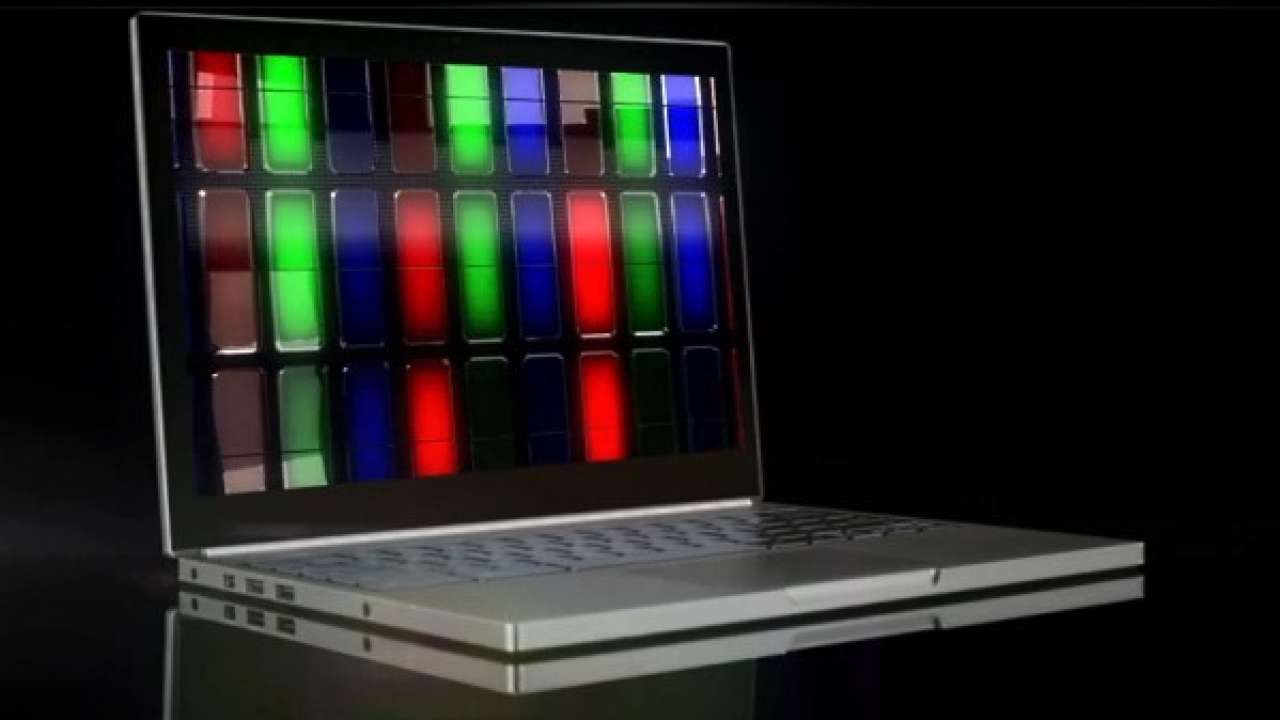Google Could Be Working on a New Touchscreen 'Chromebook Pixel'

In terms of sheer pixels per inch, not many laptops have tried to come close to the 13 and 15-inch MacBook Pro with Retina machines, which boast resolutions of 2560 x 1600 and 2880 x 1800, respectively. In terms of design, one laptop has come close to simulating the look of these machines: Samsung’s $249 Chromebook. How neat would it be if we got a Chromebook with the look of a MacBook Pro and the display of a MacBook Pro, with a touchscreen thrown in for good measure?
We might not have to daydream about it. If this leaked video is any indication, Google might already be working on it.
The video, which was posted onto Google+ by developer Francois Beaufort, was quickly taken down, but Android Authority managed to secure a copy of it and publish it to DailyMotion. The machine is apparently called the Google Pixel, a Chromebook that boasts a display resolution of 2560 x 1700. This puts it somewhere in between the resolutions offered by the two Retina-enhanced MacBooks, with the Pixel offering 100 more vertical pixels than the 13-inch MacBook Pro with Retina.
The messaging of the video seems to imply that the Pixel is a Google product through and through; no partners (like Samsung or Acer) are mentioned, and the narrator states that the machine is “Designed by Google: down to the last pixel.”
We originally covered the rumor that Google was working on a touch Chromebook back in November of last year. In that article, I questioned why Google would push touch capabilities into Chrome OS when it had such a tremendously-capable touch operating system in Android. I still don’t understand why the two would remain separate products, but it’s possible that they won’t be. Perhaps Google is working to combine the two operating systems, starting with touchscreen capabilities, and later with touch apps and other Android-specific features.
Because this video was a leak that we probably weren’t supposed to see, there aren’t many more details available on the Chromebook Pixel. The screen size is certainly one area I’m interested in learning more about, as it would allow us to calculate a specific display PPI for the device. It would also be interesting to see what’s under the hood powering the Pixel. To push a high-resolution touchscreen, the processor might have to take a step up from those used in previous Chromebooks.
We’ll keep you up to speed as we learn more.
